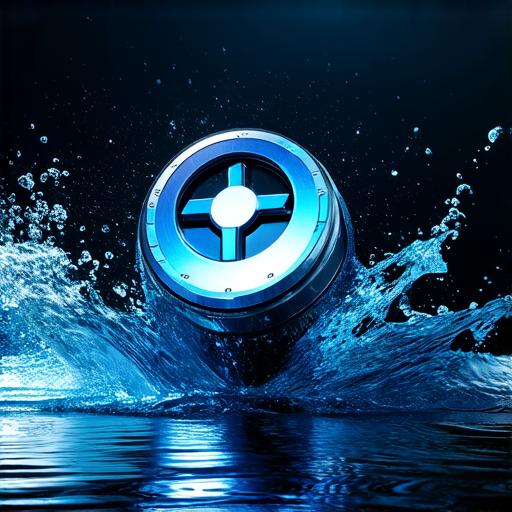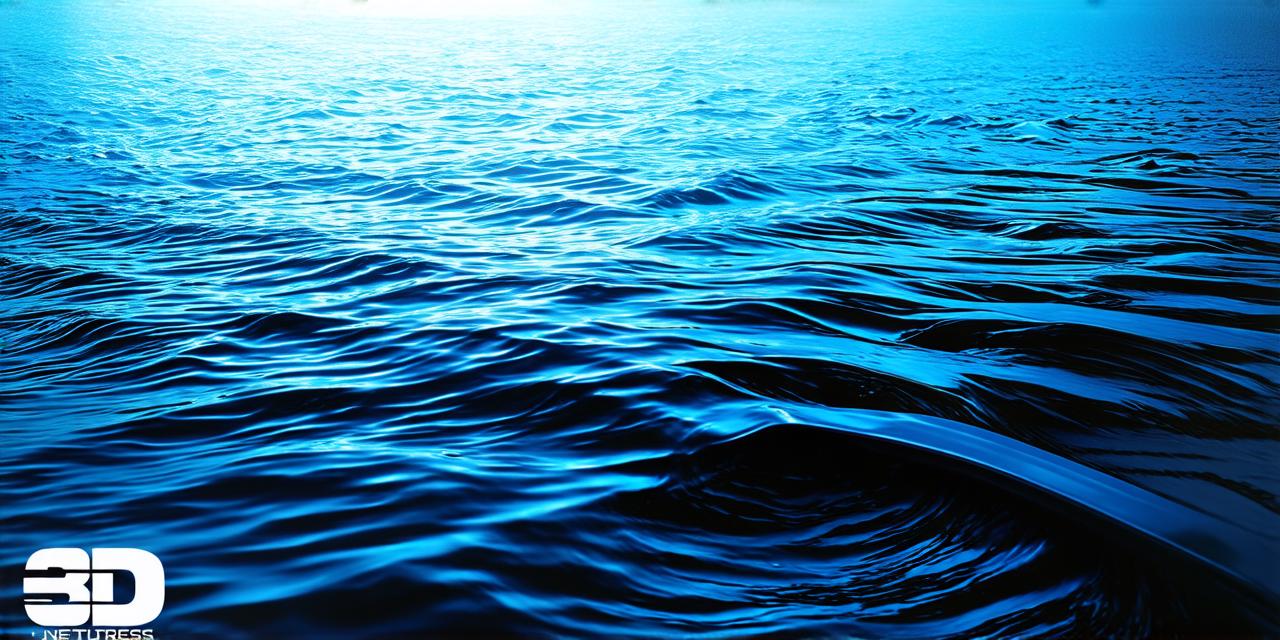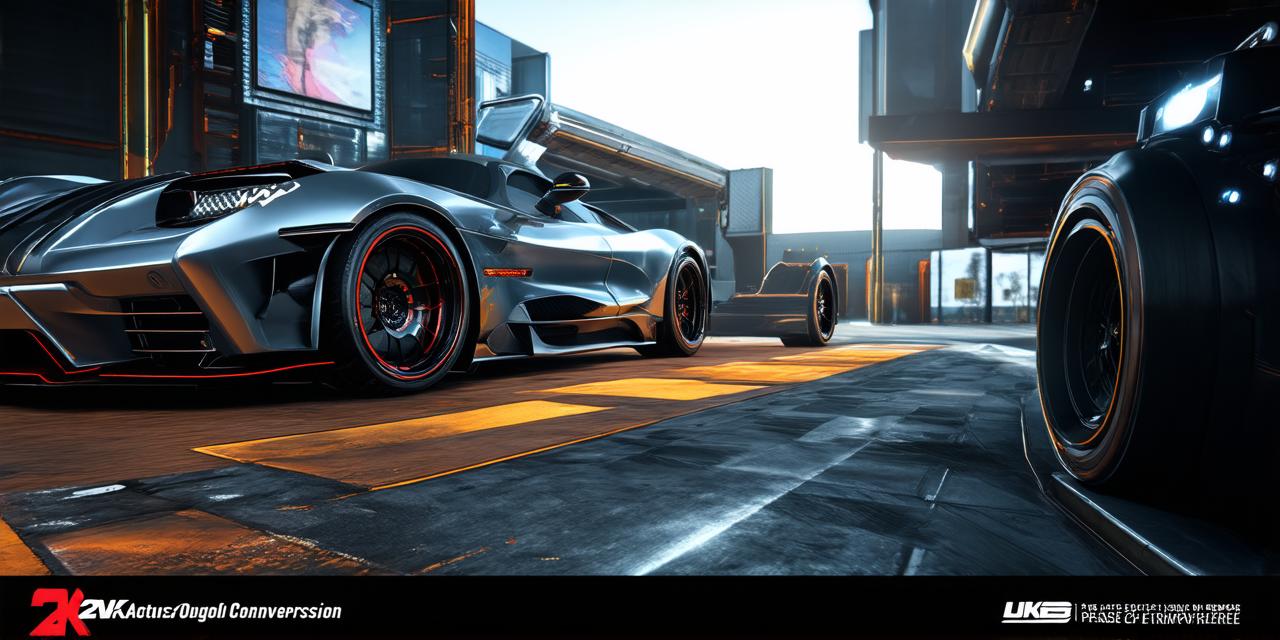Water is an essential element that plays a significant role in our daily lives, and it’s no different when it comes to virtual environments. In fact, water simulation has been a crucial aspect of creating realistic and immersive virtual worlds for years now. With the rise of Unity as one of the most popular game engines, many developers have started exploring the possibilities of 3D water simulation in Unity.
In this article, we’ll explore the different techniques used to simulate water in Unity, their advantages and disadvantages, and real-life examples of how they can be applied. We’ll also delve into the various tools available for creating realistic water effects, including physics engines, shaders, and particle systems.
Types of Water Simulation Techniques in Unity
There are several techniques used to simulate water in Unity, each with its own advantages and disadvantages. Here are some of the most commonly used techniques:

- Fluid Dynamics
- Procedural Textures
- Baked Textures
Tools for Creating Realistic Water Effects in Unity
There are several tools available for creating realistic water effects in Unity. Here are some of the most commonly used tools:
- Physics Engines
- Shaders
- Particle Systems
Real-Life Examples of 3D Water Simulation in Unity
There are many examples of 3D water simulation in Unity that showcase the power of this technology. Here are a few real-life examples:
- The Ocean Project by Dima Kovalenko



